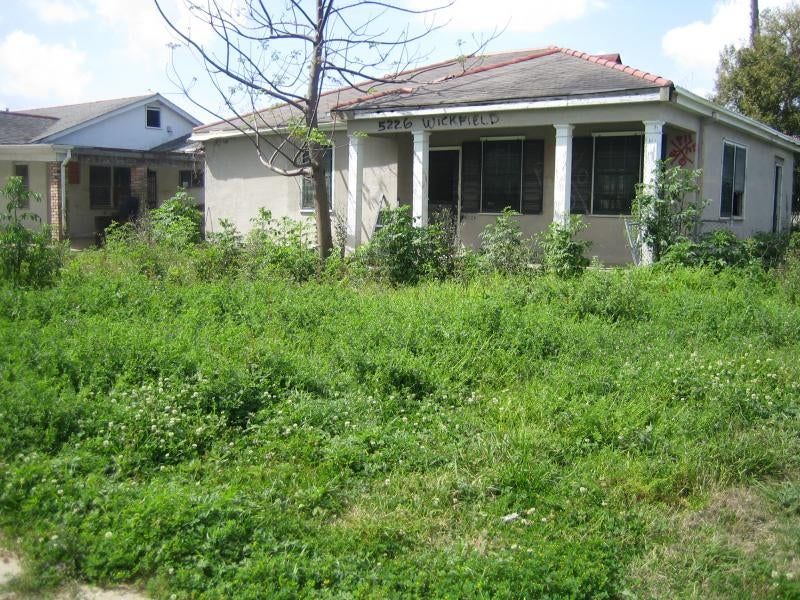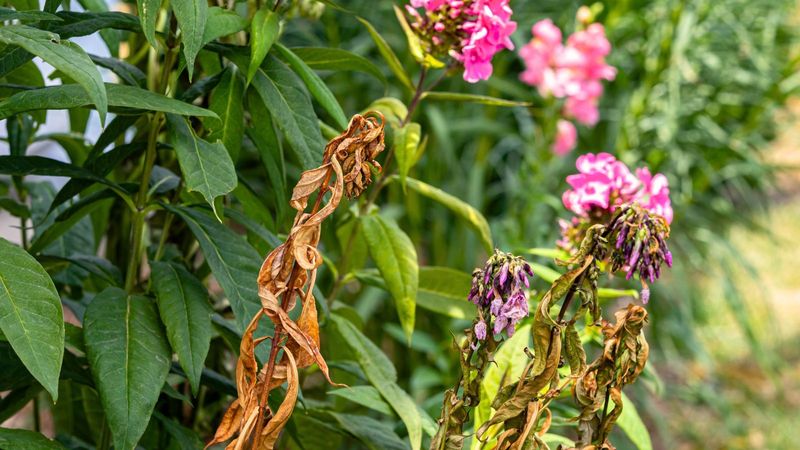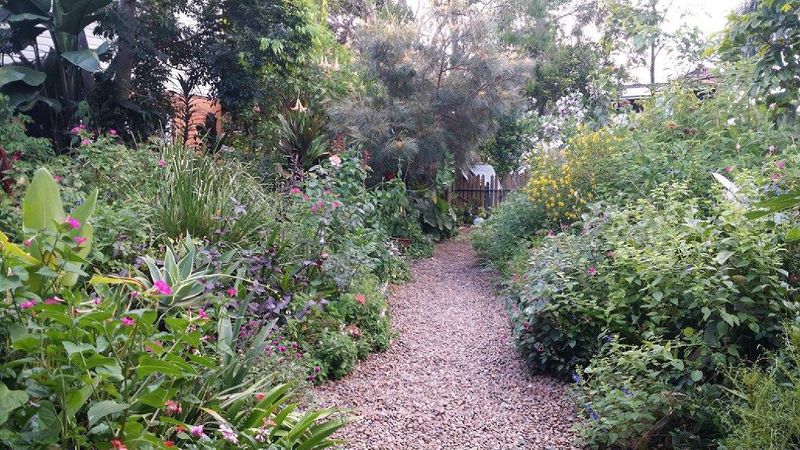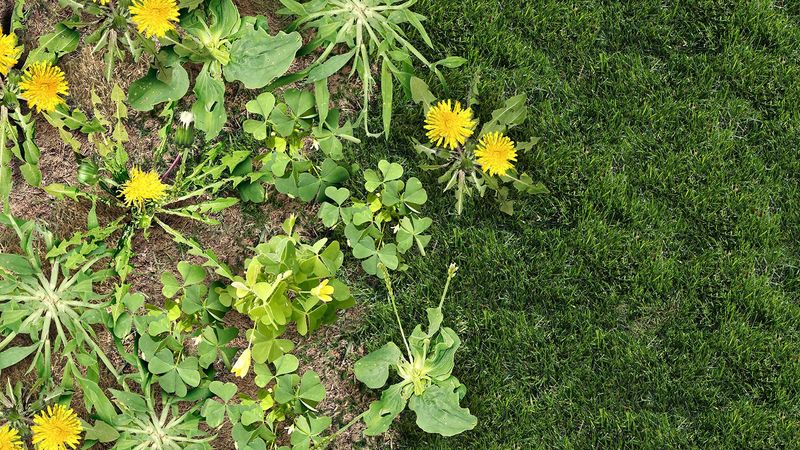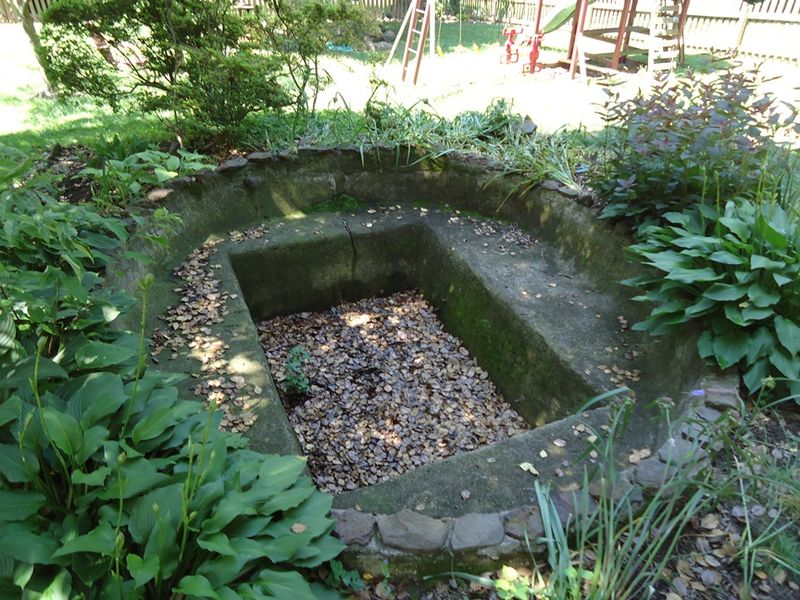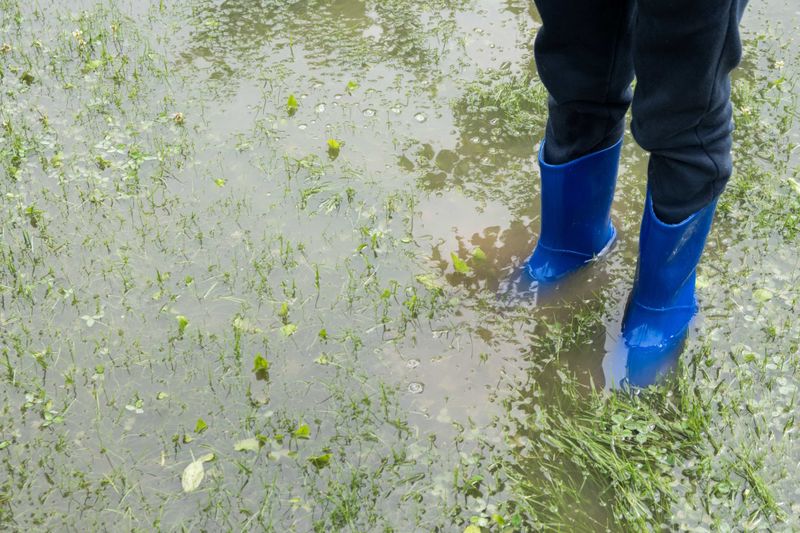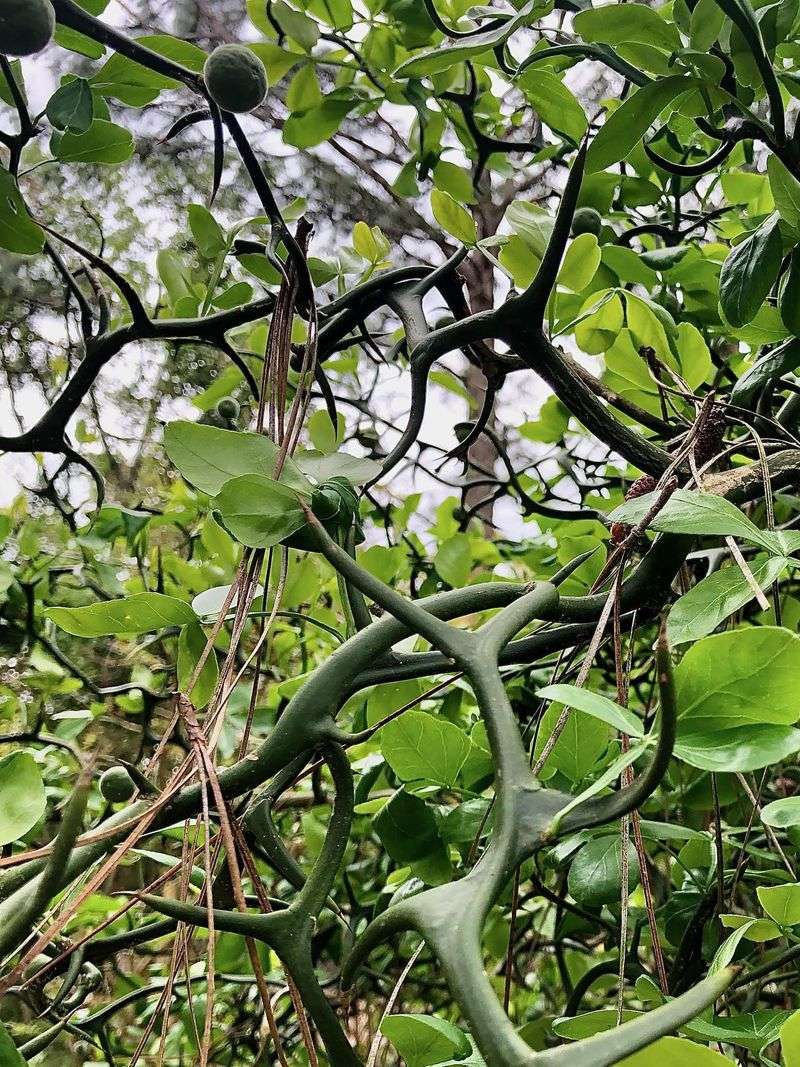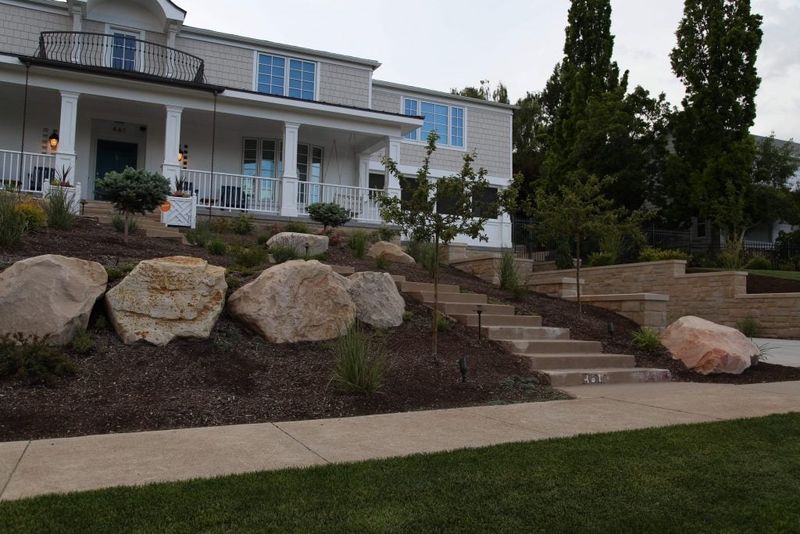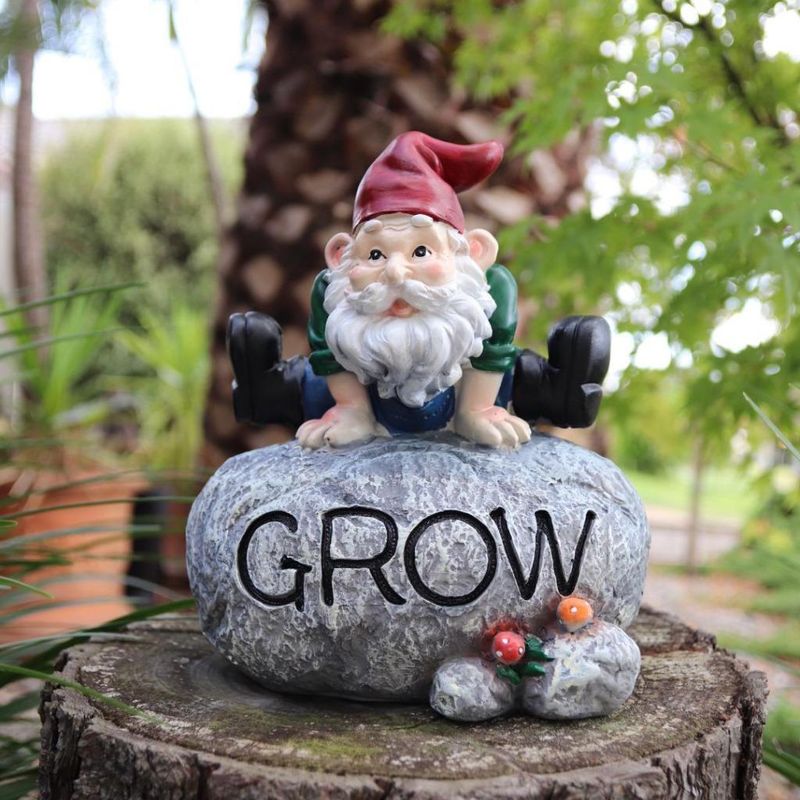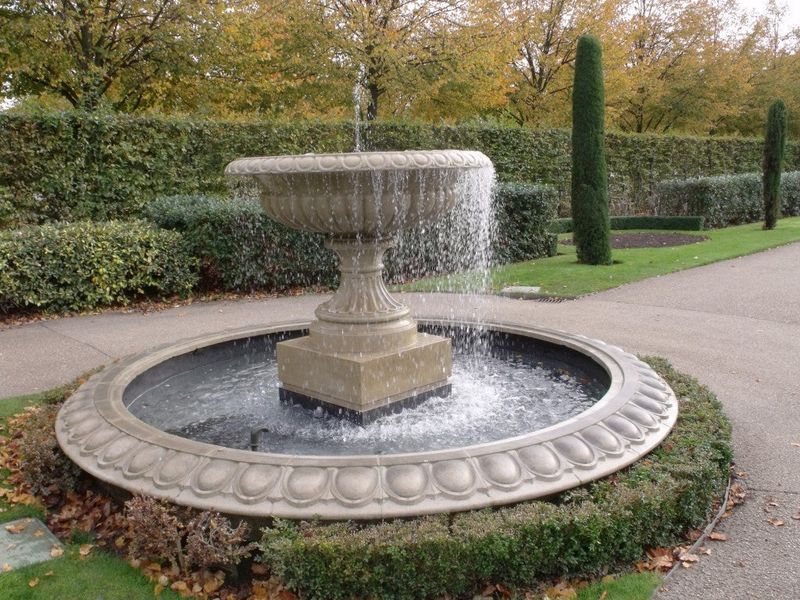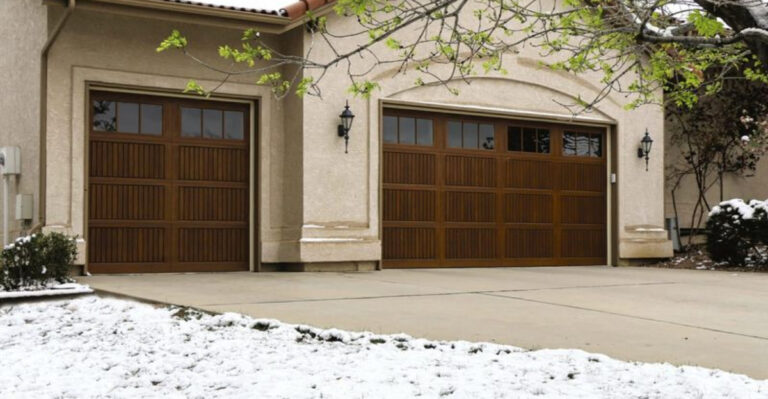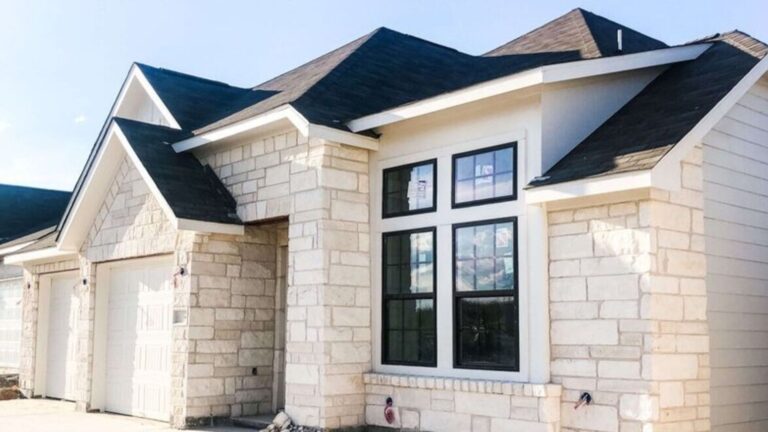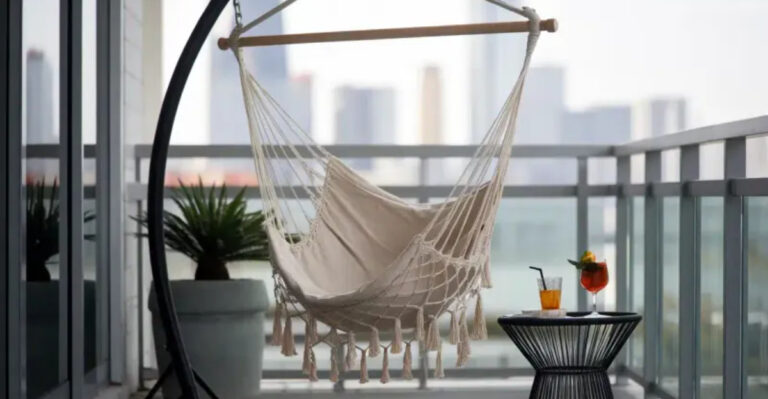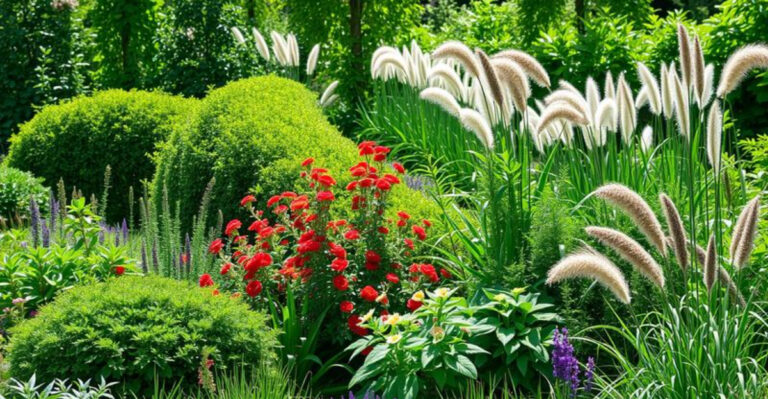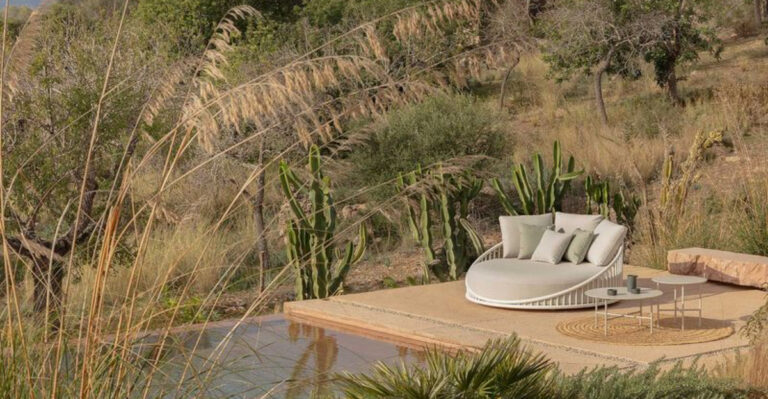16 Reasons Why Your Garden Might Be Turning Off Potential Buyers, According To Real Estate Agents
When selling your home, the garden can make or break a potential buyer’s first impression.
Real estate agents consistently report that outdoor spaces significantly influence purchase decisions, sometimes even more than interior features.
A neglected or poorly designed garden might be secretly sabotaging your home sale, causing buyers to drive away before they even step inside.
1. Overgrown Jungle Vibes
Ever walked past a house where the plants seemed to be plotting world domination? That’s exactly what buyers see when your garden resembles an untamed wilderness.
Unruly shrubs, knee-high grass, and branches scratching at windows signal maintenance nightmares to potential buyers. They’re not just seeing plants—they’re seeing weekends lost to yard work and potentially expensive landscaping costs.
2. Dead or Dying Plants
Nothing screams ‘neglect’ quite like a collection of brown, wilting specimens throughout your garden. Those crispy brown remnants tell a sad story that buyers can’t ignore.
Withered plants create an impression of abandonment that extends beyond just your garden. Prospective buyers subconsciously wonder what else might be dying in the home—perhaps the plumbing or electrical systems need life support too?
3. Chaotic, Cluttered Layout
Imagine trying to navigate through a botanical obstacle course just to reach the front door! A jumbled arrangement without clear pathways or defined spaces makes buyers feel instantly overwhelmed.
Random plant placement, scattered garden ornaments, and no visual flow create mental chaos. Potential buyers struggle to envision themselves enjoying the space when they can barely find their way through it. Organization matters outdoors just as much as it does inside.
4. Weed Invasion
Those uninvited green guests poking through every crack and crevice send a powerful message to prospective buyers. Dandelions conquering your lawn and crabgrass staging a rebellion aren’t just unsightly—they represent future work.
Weed-choked gardens suggest the current owners have given up, and buyers immediately calculate the time and expense of reclaiming the territory. Even worse, some might worry about invasive species that could be nearly impossible to eliminate without professional help.
5. Outdated Garden Features
Remember that cement pond you thought was cutting-edge in 1978? Unfortunately, it’s now a relic that dates your entire property. Faded plastic ornaments and rusted metal features aren’t charming—they’re eyesores.
When buyers spot vintage garden elements (and not in the trendy way), they mentally add renovation costs to your asking price. Those concrete animal statues, the peeling gazebo, and that worn-out water feature all whisper, “This place needs work,” to today’s style-conscious house hunters.
6. Intimidating Maintenance Requirements
Your award-winning collection of rare orchids might impress garden enthusiasts, but average homebuyers see it as a full-time job. High-maintenance landscapes trigger alarm bells for many modern buyers seeking turnkey properties.
Elaborate topiary, delicate specialty plants, and complex water features that require constant attention scare away busy professionals. Today’s buyers typically want outdoor spaces they can enjoy, not another responsibility to add to their already-packed schedules. Simplicity sells in today’s market.
7. Poor Drainage Issues
Those mysterious puddles that appear after every rainfall are more than just temporary inconveniences—they’re red flags waving frantically at potential buyers. Standing water in gardens suggests serious drainage problems that could affect the home’s foundation.
Soggy patches, erosion marks, and water-damaged garden structures immediately trigger concerns about expensive fixes. Smart buyers know that water problems rarely stay confined to the garden and often indicate larger issues lurking beneath the surface of an otherwise attractive property.
8. Lack of Privacy
Would you want to relax in a garden where the neighbors can count the bubbles in your champagne glass? An exposed outdoor space feels uncomfortable and limiting to most buyers.
Gardens without strategic screening plants, fences, or other privacy elements feel like fishbowls. Modern buyers increasingly view gardens as outdoor living rooms and expect some degree of seclusion.
Without privacy features, they’ll either mentally subtract from your asking price or simply move on to properties that offer more sheltered outdoor experiences.
9. Aggressive or Thorny Plants
That magnificent rose collection with thorns sharp enough to puncture bicycle tires might be your pride and joy, but families with young children see a trip to the emergency room waiting to happen. Hostile plants create hostile impressions.
Plants with aggressive thorns, irritating sap, or toxic properties near walkways or play areas concern safety-conscious buyers. Safety concerns can quickly eliminate your home from consideration.
10. Neglected Hardscaping
Cracked pathways, wobbly steps, and leaning retaining walls aren’t just eyesores—they’re practically screaming “expensive repairs” to observant buyers. The non-plant elements of your garden speak volumes about overall property maintenance.
Hardscaping issues suggest deeper structural problems to wary house-hunters. Uneven pavers create tripping hazards, while crumbling walls hint at drainage issues or poor construction. These visible defects often lead buyers to wonder what other maintenance has been deferred throughout the property.
11. Excessive Personalization
Your collection of garden gnomes representing all 50 states might be a conversation starter, but it’s also a buyer deterrent. Highly personalized gardens make it difficult for prospective owners to envision the space as their own.
Unusual color schemes, quirky themed areas, or collections of specific ornaments create mental barriers for buyers. Real estate agents consistently report that neutral, versatile outdoor spaces help buyers mentally “move in” during viewings.
12. Invasive Species Concerns
That fast-growing bamboo creating your privacy screen might be secretly plotting to take over the entire neighborhood. Knowledgeable buyers recognize invasive plants and immediately see future headaches.
Species like English ivy, certain bamboo varieties, and Japanese knotweed can become nightmares for homeowners. Their aggressive growth habits damage structures, overtake native plants, and sometimes require professional removal.
13. Poor First Impression from the Street
Curb appeal isn’t just a catchy real estate phrase – it’s the difference between buyers scheduling a viewing or driving right past. The view from the street creates an immediate emotional response that’s difficult to overcome later.
Neglected front gardens signal neglect throughout the property. Buyers often make split-second judgments based on the approach to your home, and many won’t even exit their cars if the front garden appears unwelcoming or unkempt. First impressions form lasting opinions that can be nearly impossible to change.
14. Allergen-Heavy Plant Selections
Achoo! Gardens filled with highly allergenic plants like ragweed, certain grasses, and male mulberry trees can literally bring tears to buyers’ eyes—and not the happy kind. Health-conscious shoppers notice problematic plants immediately.
With allergy rates rising, many families actively avoid properties featuring known allergy-triggering vegetation. Even buyers without current allergies may worry about guests or future residents. Replacing these plants can be costly and time-consuming, causing some buyers to simply move on to more allergen-friendly properties.
15. Water-Wasting Design
In today’s environmentally conscious market, that lush, water-hungry lawn spanning your entire property isn’t the selling point it once was. Eco-aware buyers immediately calculate the environmental impact and maintenance costs of inefficient gardens.
Thirsty non-native plants, sprawling lawns, and inefficient irrigation systems concern buyers in most regions, not just drought-prone areas. Many modern house-hunters actively seek water-wise landscapes that balance beauty with sustainability.
16. Noisy Water Features
That bubbling fountain you find so zen-like might sound more like a perpetually running toilet to sensitive buyers. Noisy water features can be particularly polarizing elements in garden design.
While some people find flowing water soothing, others find it irritating or worry about maintenance issues. Loud pumps, splashing sounds that carry into the house, or features that sound like plumbing problems can detract from an otherwise appealing garden. Water elements should enhance tranquility rather than disrupt it.


